Dive into your creative stream
Wallpapers - Blog Posts
I was bored


So I made these :D I can't find a lot of wallpapers with these two so I made some







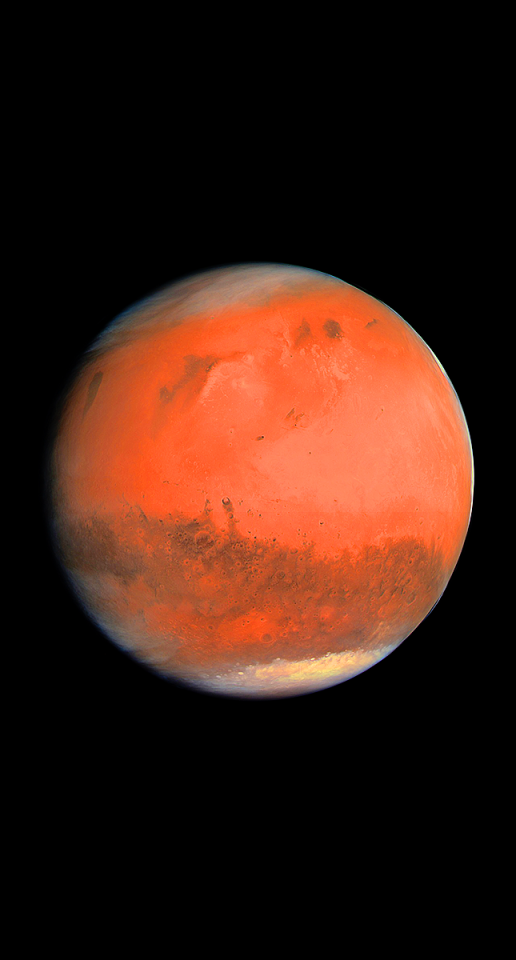

please like or reblog if you save it! 🛸

Want a custom wallpaper let me know!! I know this is basic but this is how I wanted my own person background, The best way is to contact me on Instagram which is gaytmtm, Or Twitter which is ApocalypticHogg or even my discord which is Hogg#0355!
`AAAAAAAAAAAAAAAAAAAAAAAAAAAAAAAAAAAAAAAAAAAA
Hes so cute! You did such a good job! This is everything I could have asked for and more!


THANK YOU SO MUCH!!!!!!!





@bengal-tigers-on-petunias 💜💜💜💜💜💜💜
This is for you! <3 okay so i honestly dont really like these (esp the 1st one omg) and im SO SORRY if you were expecting more- i guess it was the wrong time to ask, i was a little busy for once in my life 🥰 i hope youre okay with themmm lolll 🥺
PUT CREDIT FOR THE FANART PLS CHECK IT OUT XX










Hope you like these! If you’d like to request anything else I’d be happy to do so! :))
@nishiyako
Hiii, I love ur wallpapers 💗
Can u pls make some Shiggy wallpapers? Or any PLF member themed ones if you haven't. 👉👈
These were all the Shiggy wallpapers I got!
(I’ll reblog with the PLF themed ones dw 😁)
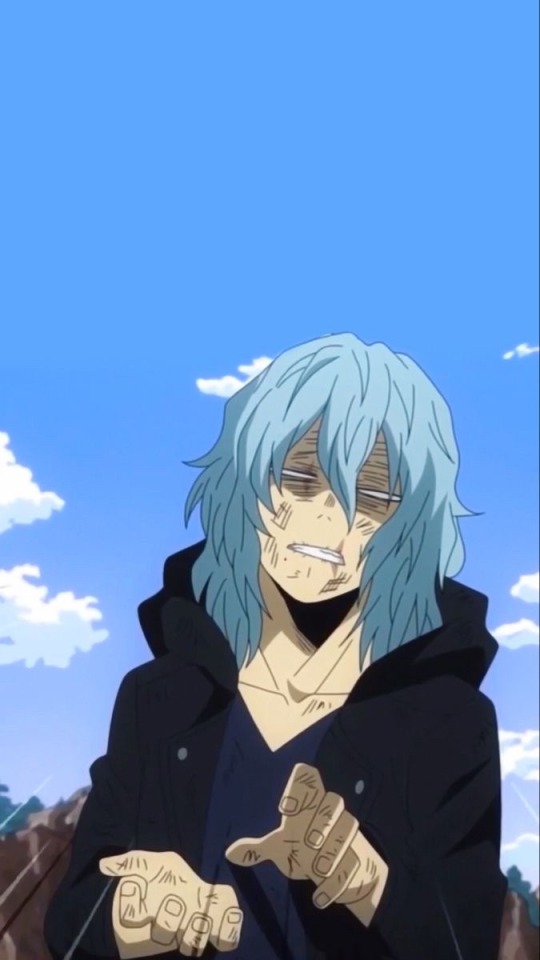
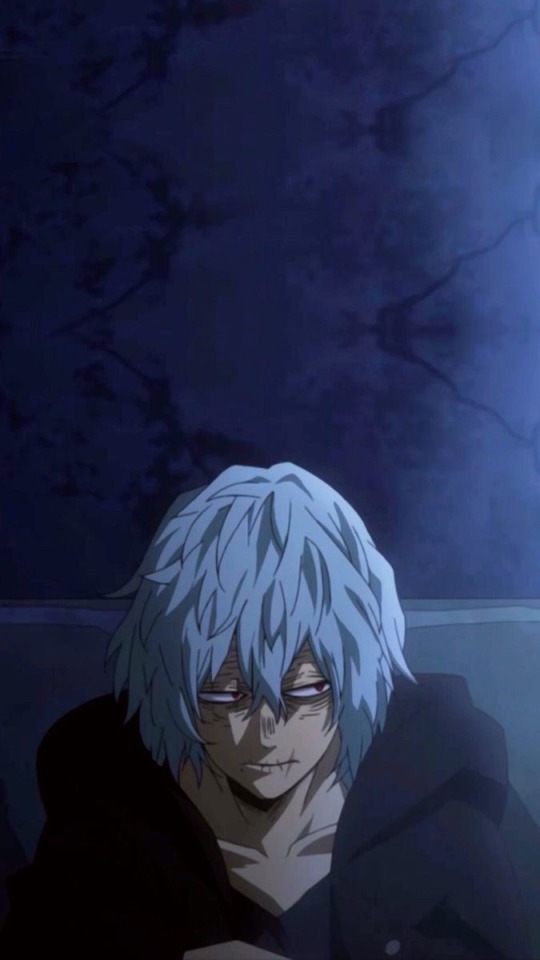
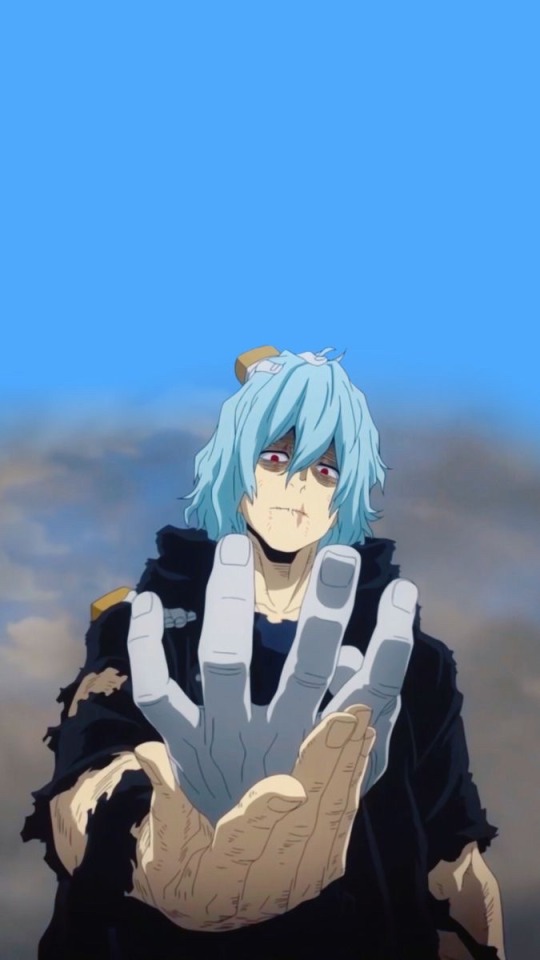


Hiii, I love ur wallpapers 💗
Can u pls make some Shiggy wallpapers? Or any PLF member themed ones if you haven't. 👉👈
These were all the Shiggy wallpapers I got!
(I’ll reblog with the PLF themed ones dw 😁)





It’s been a while since I’ve done a Toradora post, so here goes!
I present to youuuuuuuu: Toradora-themed wallpapers! (But mostly oriented around Taiga lol)
It was hard to find wallpapers like the ones I usually find, but regardless, I hope you guys enjoy these!
Till next time!

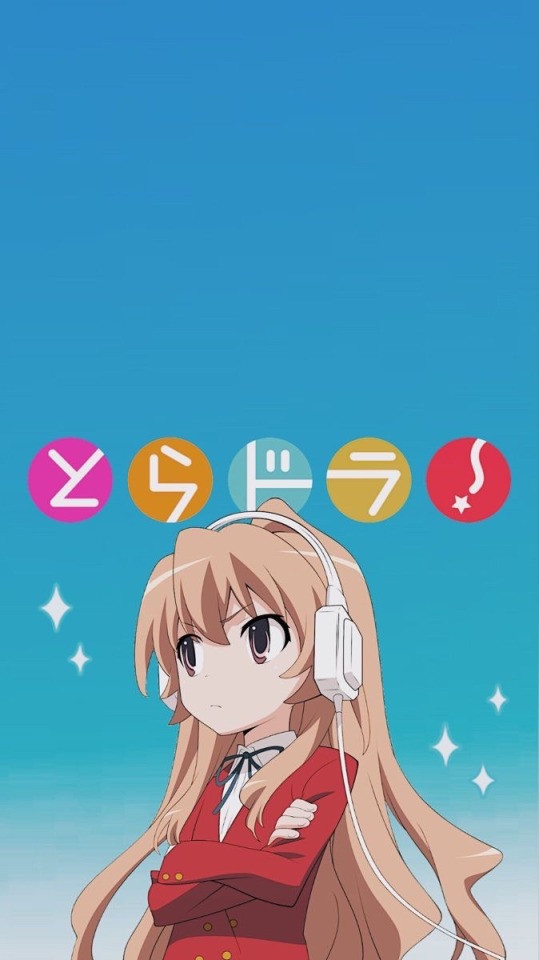
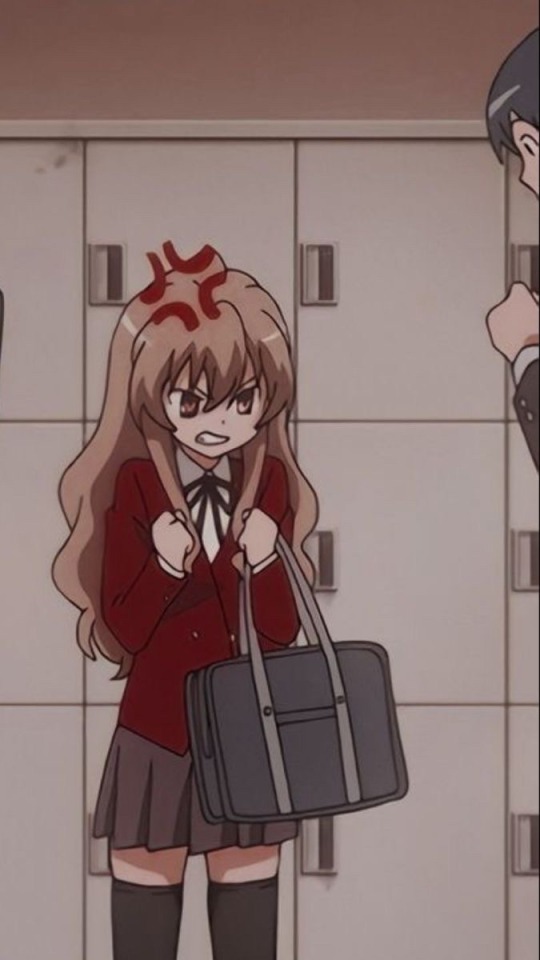

Any wallpaper requests from anyone?
Hey everyone!
I’m back with some more BNHA wallpapers!
This time, I tried to find Class 1-A themes (lol)




If you guys ever want to see any specific type of wallpaper[s] posted, my inbox is always open!
Hope you guys like these!
Hello, everybody! I am back again with some more BNHA wallpapers - villain theme this time!
Sort-of requested by @poorchoicesarebettr — I don’t know if this is what you had in mind, but here’s what I found!
Hope you like them!






I love your MHA wallpapers! Do you have any villain ones?
Nope, not yet, but I can try and look for some!




Some Overhaul wallpapers for you all from my recent post-worthy scavenging!


Just some Nejire Hado wallpapers for you all!




Aesthetic Todoroki wallpapers for all you! Please reblog if saved!




Anyone want some Jiro wallpaper? I found ‘em online and I saved them, so feel free to save them too! Please reblog if you do, though! It’ll be very much appreciated!



𝕿𝖍𝖎𝖘 𝖎𝖘 𝕳𝖆𝖑𝖔𝖔𝖜𝖊𝖊𝖓 𝖇𝖊𝖇𝖊̂ , 𝖕𝖆𝖗𝖙𝖊 𝟙 ~
Então como estamos no mês de Outubro, famosíssimo mundialmente por ser o mês do Halloween, nada melhor do que trazer edições envolvendo ao tema não é? Capas, lockscreen e até mesmo icons, em breve mais edições
E no caso, para o começo desse meu mini projetinho meia boca, não me veio nada além na cabeça que não fosse os personagens de Twisted Wonderland né nom? Resolvi editar com os chefes dos dormitórios trazendo dessa vez a Octavinelle, Scarabia e Diasomnia (eu posso tá errando tudo também falando que eles são os chefes dos dormitórios, se tiver errado perdoa a burra -qq) em breve estará chegando os lockscreen das outras casas.
Se inspire, não copie, artes oficiais do jogo Twisted Wonderland.



Gente, eu tô meio em choque com esses wallpapers sabe? DOAINWODINAWOIDNAWIN É que tipo, eu tenho andado com um bocado de bloqueio pra capar fanfics e eu tô numa crise existencial de querer abandonar tudo de vez e fim, mas ai para não perder a mão na edição tenho buscado fazer outros tipos de edição.
Ai minha bff me mostrou as artes de @aleikats que ela ficou apaixonada e disse que eu pareço muito com ela (fiquei chocada -qq) Mas eu também né? me apaixonei claro, porque como diria o lendário Jorge Ben Jor “mulher bonita mexe com meu coração” DODIAWNOIDANW
Então depois de minha amiga me helpar perguntando se poderia utilizar as artes para edição (sem fins lucrativos claro) então a permissão foi concedida e assim, saíram esses três wallpapers lindos. Um remetendo a musica de Tim Maia “Azul da Cor do Mar”, outro envolvendo a Vogue e o terceiro em estilo recorte e colagem.
Para quem não sabe a personagem apresentada nas três edições é a Toothiana, uma das protagonistas do filme “A Origem dos Guardiões” e da série de livros “Os Guardiões” de William Joyce, ela é a nossa famosa fada do Dente, uma personagem icônica da maioria das pessoas que com certeza já escutaram sobre deixar o dente debaixo do travesseiro pra ganhar um presente em troca do dente.
Se eu soubesse que ela era assim eu nem dormia de noite pra ver ela pegar meu dente debaixo do travesseiro OIDNAWODINAWOINAWD
E é isso galera, se inspirem! Não copiem! Edições sem fins lucrativos! Créditos a @aleikats pelas artes utilizadas e a todos os recursos utilizados nas edições.





Cole sprouse

Bedroom - Transitional Bedroom Small transitional ceramic tile, gray floor and wallpaper bedroom photo with white walls

Spread your cosmic wings 🦋
The Butterfly Nebula, created by a dying star, was captured by the Hubble Space Telescope in this spectacular image. Observations were taken over a more complete spectrum of light, helping researchers better understand the “wings'' of gas bursting out from its center. The nebula’s dying central star has become exceptionally hot, shining ultraviolet light brightly over the butterfly’s wings and causing the gas to glow.
Learn more about Hubble’s celebration of Nebula November and see new nebula images, here.
You can also keep up with Hubble on Twitter, Instagram, Facebook, and Flickr!
Image credits: NASA, ESA, and J. Kastner (RIT)
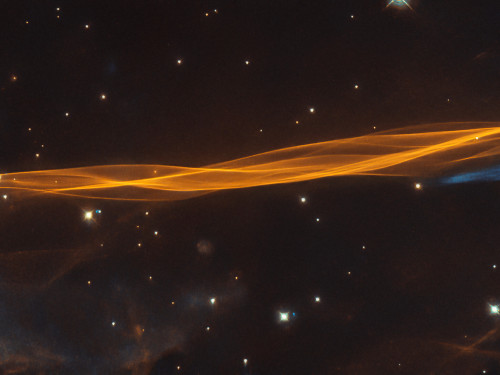
Do you believe in magic? ✨ While appearing as a delicate and light veil draped across the sky, this @NASAHubble image reminds us of the power of imagination. What does this look like to you? In reality, it's a small section of a Cygnus supernova blast wave, located around 2,400 light-years away. The original supernova explosion blasted apart a dying star about 20 times more massive than our Sun between 10,000 and 20,000 years ago. Since then, the remnant has expanded 60 light-years from its center. Credit: @ESA/Hubble & NASA, W. Blair; acknowledgment: Leo Shatz
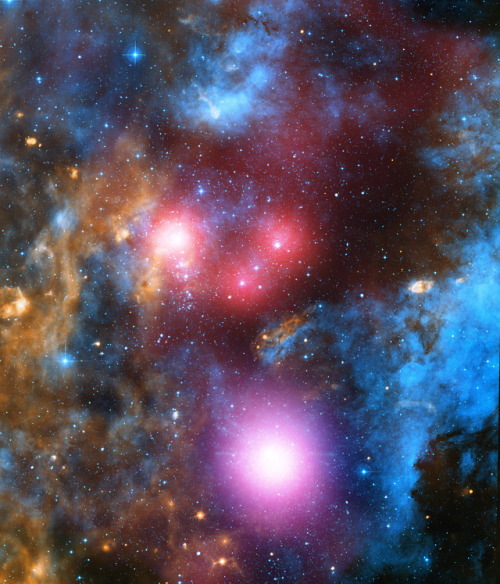
That star stuff you see here? That's what you're made of. You possess the elements ✨
This composite image from our Chandra X-ray Observatory, the Spitzer Space Telescope and the Isaac Newton Telescope shows high-energy X-rays emitted by young, massive stars in the star cluster Cygnus OB2. This year we're celebrating the 20th anniversary of Chandra's launch. Want to dive deeper? Click here
Make sure to follow us on Tumblr for your regular dose of space: http://nasa.tumblr.com.

Say hello to spiral galaxy NGC 1097 👋
About 45 million light-years away, in another corner of the cosmos, lies spiral galaxy NGC 1097. Though this Hubble Space Telescope image zooms in toward the core, the galaxy’s vast spiral arms span over 100,000 light-years as they silently sweep through space. At the heart of this galaxy lurks a black hole that is about 100 million times as massive as the Sun.
The supermassive black hole is voraciously eating up surrounding matter, which forms a doughnut-shaped ring around it. Matter that's pulled into the black hole releases powerful radiation, making the star-filled center of the galaxy even brighter. Hubble’s observations have led to the discovery that while the material that is drawn toward NGC 1097’s black hole may be doomed to die, new stars are bursting into life in the ring around it.
This sparkling spiral galaxy is especially interesting to both professional scientists and amateur astronomers. It is a popular target for supernova hunters ever since the galaxy experienced three supernovas in relatively rapid succession — just over a decade, between 1992 and 2003. Scientists are intrigued by the galaxy’s satellites — smaller “dwarf” galaxies that orbit NGC 1097 like moons. Studying this set of galaxies could reveal new information about how galaxies interact with each other and co-evolve.
Make sure to follow us on Tumblr for your regular dose of space: http://nasa.tumblr.com.
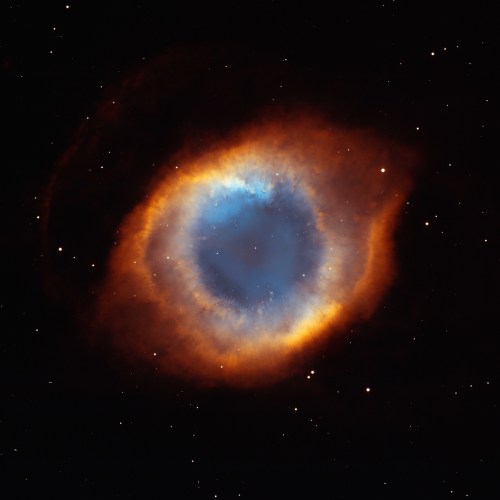
Say hello to the Helix Nebula 👋
In 2001 and 2002, our Hubble Space Telescope looked at the Helix Nebula and it looked right back! This planetary nebula is right in our cosmic neighborhood, only about 650 light-years away. Gigantic for this type of cosmic object, the Helix Nebula stretches across 2 to 3 light-years.
With no actual connection to planets, planetary nebulas like this one are produced when a medium-mass star dies and sloughs off its outer layers. These gaseous layers are expelled into space at astonishing speeds where they light up like fireworks. The Helix Nebula is one of the closest planetary nebulas to Earth, giving scientists an up-close view of its strange affairs.
Through Hubble’s observations, scientists have learned that the Helix Nebula isn’t doughnut-shaped as it appears. Instead it consists of two disks that are nearly perpendicular to each other — the nebula looks like an eye and bulges out like one too!
Hubble has also imaged comet-like tendrils that form a pattern around the central star like the spokes on a wagon wheel, likely resulting from a collision between gases. The dying star spews hot gas from its surface, which crashes into the cooler gas that it ejected 10,000 years before. Eventually the knots will dissipate into the cold blackness of interstellar space.
Make sure to follow us on Tumblr for your regular dose of space: http://nasa.tumblr.com.

Say hello to the Carina Nebula 👋
One of the largest panoramic images ever taken with our Hubble Space Telescope’s cameras, this image features a stunning 50-light-year-wide view of the intense central region of the Carina Nebula - a strange stellar nursery. The nebula is sculpted by the action of outflowing winds and scorching ultraviolet radiation from the monster stars that inhabit this inferno. The Carina Nebula lies within our own galaxy, about 7,500 light-years away.
At the heart of the nebula is Eta Carinae — a system of two stars. The larger star, Eta Car A, is around 100 times as massive as the Sun and 5 million times as luminous! Stars of this size are extremely rare; our galaxy is home to hundreds of billions of stars, but only tens of them are as massive as Eta Car A.
This view of the Carina Nebula provided astronomers the opportunity to explore the process of star birth at a new level of detail. The hurricane-strength blast of stellar winds and blistering ultraviolet radiation within the cavity are now compressing the surrounding walls of cold hydrogen. This is triggering a second stage of new star formation. Hubble has also enabled scientists to generate 3-D models that reveal never-before-seen features of the interactions between the Eta Carinae star system.
Make sure to follow us on Tumblr for your regular dose of space: http://nasa.tumblr.com.
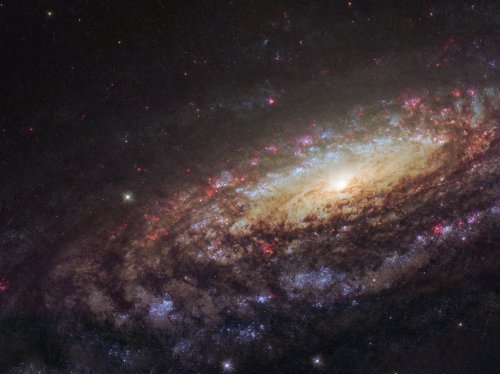
Say hello to spiral galaxy NGC 7331👋
Happy National Twin Day!
The majestic spiral galaxy NGC 7331 is almost like a long lost twin to our very own Milky Way. In this close-up, the galaxy’s magnificent spiral arms feature dark, obscuring dust lanes, bright bluish clusters of massive young stars and the telltale reddish glow of active star-forming regions. The yellowish central region harbors populations of older, cooler stars. Like in the Milky Way, a supermassive black hole lies at the galaxy’s core.
Our Hubble Space Telescope took this image while observing a supernova explosion — the fiery death of a massive star — within NGC 7331. Astronomers noted that the supernova, called SN 2014C, experienced a dramatic, hasty transformation that involved a significant upsurge in hydrogen content. This observation provided a rare chance to gain insight into the final stages of massive stars.
NGC 7331 was discovered in 1784 by famed astronomer William Herschel, who discovered the planet Uranus. It was originally classified as a nebula, which is an interstellar cloud of gas and dust, because no one knew that other galaxies existed until the 20th century. It turns out that NGC 7331 and the Milky Way are among billions and billions of galaxies in the universe!
Make sure to follow us on Tumblr for your regular dose of space: http://nasa.tumblr.com.

Say hello to globular cluster 47 Tucanae 👋
This glittery spray of ancient stars is about 16,700 light-years away from Earth toward the constellation Tucana. Globular clusters like this one are isolated star cities, home to hundreds of thousands of stars that are held together by their mutual gravity. And like the fast pace of cities, there's plenty of action in these stellar metropolises. The stars are in constant motion, orbiting around the cluster's center.
Past observations have shown that the heavyweight stars tend to crowd into the “downtown” core area, while lightweight stars reside in the less populated suburbs. But as heavyweight stars age, they rapidly lose mass, cool down and shut off their nuclear furnaces. After the purge, only the stars' bright, superhot cores – called white dwarfs – remain. This weight loss program causes the now lighter-weight white dwarfs to be nudged out of the downtown area through gravitational interactions with heftier stars.
Until these Hubble observations, astronomers had never seen the dynamic conveyor belt in action. The Hubble results reveal young white dwarfs amid their leisurely 40-million-year exodus from the bustling center of the cluster.
Make sure to follow us on Tumblr for your regular dose of space: http://nasa.tumblr.com.

Say hello to the Eskimo Nebula 👋
This nebula began forming about 10,000 years ago when a dying star started flinging material into space. When Sun-like stars exhaust their nuclear fuel, they become unstable and blast their outer layers of gas away into space (bad news for any planets in the area). This Hubble Space Telescope image shows a snapshot of the unworldly process.
Streams of high-energy ultraviolet radiation cause the expelled material to glow, creating a beautiful planetary nebula — a term chosen for the similarity in appearance to the round disk of a planet when viewed through a small telescope.
The Eskimo Nebula got its nickname because it resembles a face surrounded by a fur parka. The “parka” is a disk of material embellished by a ring of comet-shaped objects with their tails streaming away from the central, dying star. In the middle of the nebula is a bubble of material that is being blown outward by the star’s intense “wind” of high-speed material.
Make sure to follow us on Tumblr for your regular dose of space: http://nasa.tumblr.com.